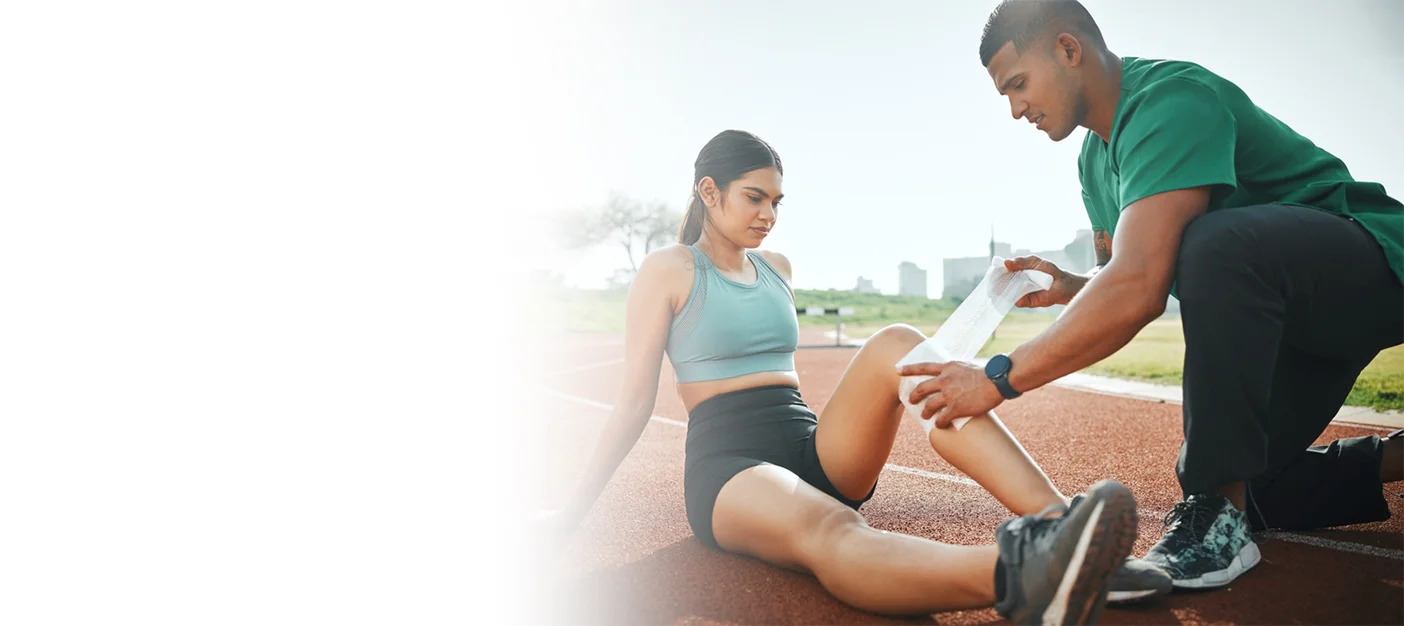
Sports are an integral aspect of a healthy lifestyle but they can be unpredictable and cause sudden injuries. Whether it is an ankle sprain in the course of playing football or muscle strain due to excessive training, sports injuries can occur to anyone ranging from professional athletes to fitness enthusiasts and casual players. Proper identification of sports injuries, early treatment, and effective rehab are the keys to full recovery and avoiding long-term complications.
In this blog, we’ll cover common sports injuries, how they are diagnosed, the best treatment approaches, and tips for sports injury recovery
A sports injury is any injury sustained while engaging in sports, exercise, or physical activity. These injuries may affect muscles, ligaments, tendons, bones, or joints. They are usually caused by overuse, improper training techniques, lack of warm-up, or sudden accidents during physical activity.
Sports injuries differ in intensity and kind, from slight sprains to serious fractures. Among the most frequent sports injuries are:
Read Also:Sports Injury? Find the Best Sports Injury Specialist and Orthopedic Surgeon in Delhi
Proper sports injury diagnosis is necessary for developing effective treatment.
Clinical Examination
A physician or sports medicine physician will interview your medical history and observe the affected region. They test for swelling, bruising, range of motion, and tenderness in order to determine the nature of injury.
Imaging Tests
Functional Tests
Athletes can also be subjected to tests of movement in order to assess joint stability, strength, and flexibility.
The treatment for sports injuries varies with the severity and nature of injury. Early treatment prevents complications and accelerates healing.
First Aid: R.I.C.E. Principle
Minor injuries can be treated with the R.I.C.E. principle:
Medications
Pain relief medication in the form of ibuprofen or acetaminophen relieves pain and inflammation. Corticosteroid injections can be administered to treat chronic pain in more extreme cases.
Physiotherapy
Rehabilitation is a major part of recovery from sports injuries. A physiotherapist can apply:
Advanced Treatments
Read Also: Recovery Timeline After Joint Replacement Surgery: Tips From Delhi Surgeons
Important Steps in Recovery:
Sports injury rehabilitation consists of specific exercises and therapy to restore strength, flexibility, and balance. Physiotherapists create programs specifically for the type of injury, including:
The most effective treatment for sports injuries integrates medical treatment, physiotherapy, and prevention measures. Improved orthopedic treatment, together with custom rehabilitation plans, guarantees optimal recovery.
A few clinics and sports medicine centers also provide minimally invasive treatments such as arthroscopy for joint trauma, which have shorter recovery periods compared to conventional surgeries.
Although it is impossible to completely prevent all injuries, the risk can be minimized with:
What are the early signs of a sports injury?
Early symptoms include swelling, pain, stiffness, and decreased range of motion. It's important to get medical help if the pain lasts for several days.
How long does it take to recover from a sports injury?
Recovery also varies with the severity of the injury. Minor sprains recover in a few days, while major ligament tears may take months if rehabilitated.
When do I need to see a doctor?
In case you have severe pain, swelling, cannot move the joint, or suspect a fracture, visit a sports medicine physician right away.
Sports injuries are inevitable, but with proper diagnosis, treatment, and rehabilitation plan, you can resume your favorite sports safely. Early medical care, proper rehabilitation, and preventive care are the secrets to keeping downtime to a minimum while preventing recurrent injuries.
If you are battling a sports injury, seek the services of a sports injury specialist to receive a customized care plan and begin your road to recovery.
Staying abreast with the latest information is the best way to combat diseases in early stages and live a healthy life. Read the latest news & updates here to learn about the recent advancements in joint care and therapeutics.


